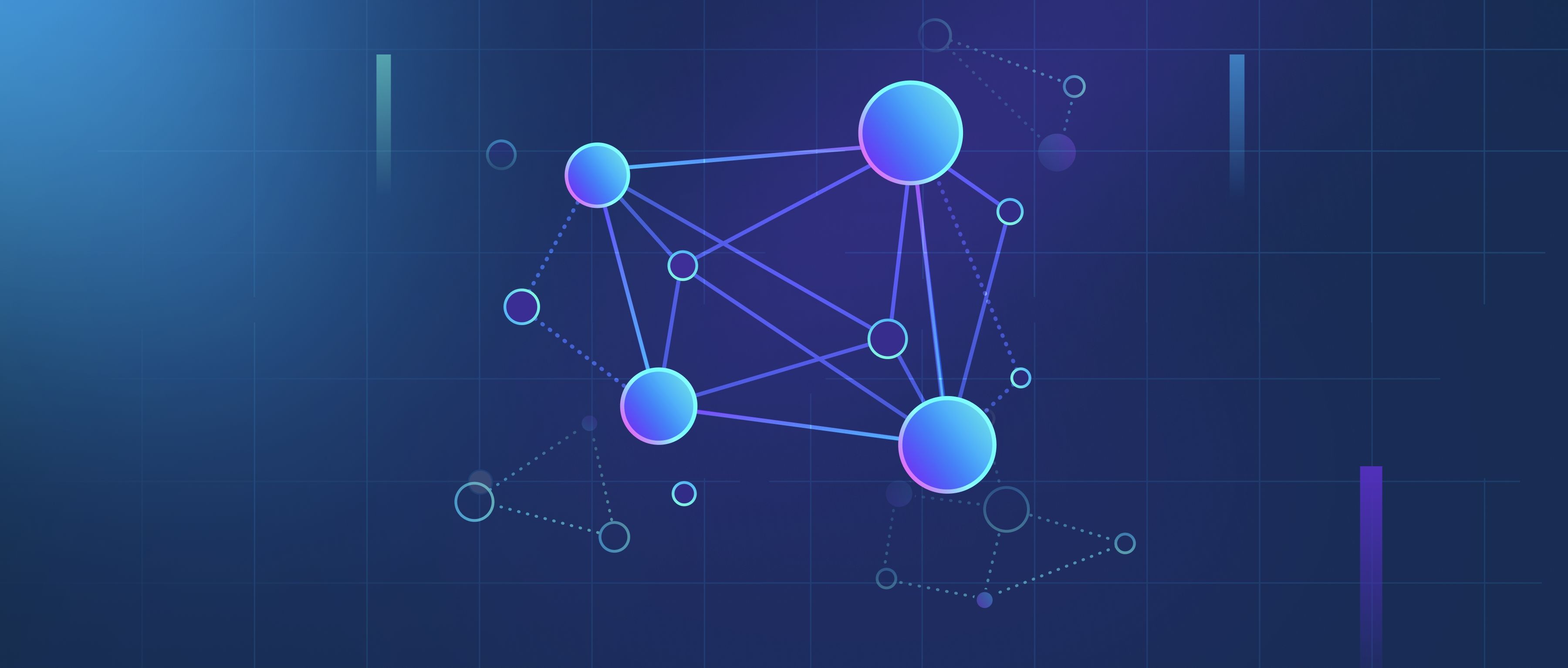Entity extraction in knowledge graphs refers to the process of identifying and extracting specific information or entities from unstructured or semi-structured text data and organizing that information into a structured format. Entities can include names of people, places, organizations, dates, events, and other relevant information that can be represented as nodes or vertices in a knowledge graph. By transforming unstructured text into structured entities, knowledge graphs can better represent relationships and connect different pieces of information, making it easier to query and analyze the data.
For example, consider a news article discussing a recent technology conference. Through entity extraction, the process can identify entities like "Tech World Conference," "CEO John Doe," and "San Francisco." Extracting these entities allows the knowledge graph to create nodes that represent the conference, the individual, and the location. Furthermore, the relationships between these entities can also be captured, such as "John Doe is the CEO of Company X" and "Tech World Conference is held in San Francisco." This builds a richer dataset that can be used for various applications, including recommendation systems or data analytics.
The effectiveness of entity extraction depends on natural language processing (NLP) techniques, which can include named entity recognition (NER) and pattern matching. Implementing these techniques allows developers to automate the process of extracting relevant entities from large volumes of text, thus facilitating the automatic creation of knowledge graphs. Understanding entity extraction is crucial for developers involved in data science, machine learning, and AI projects, as it lays the groundwork for building systems that understand and interlink complex information.
